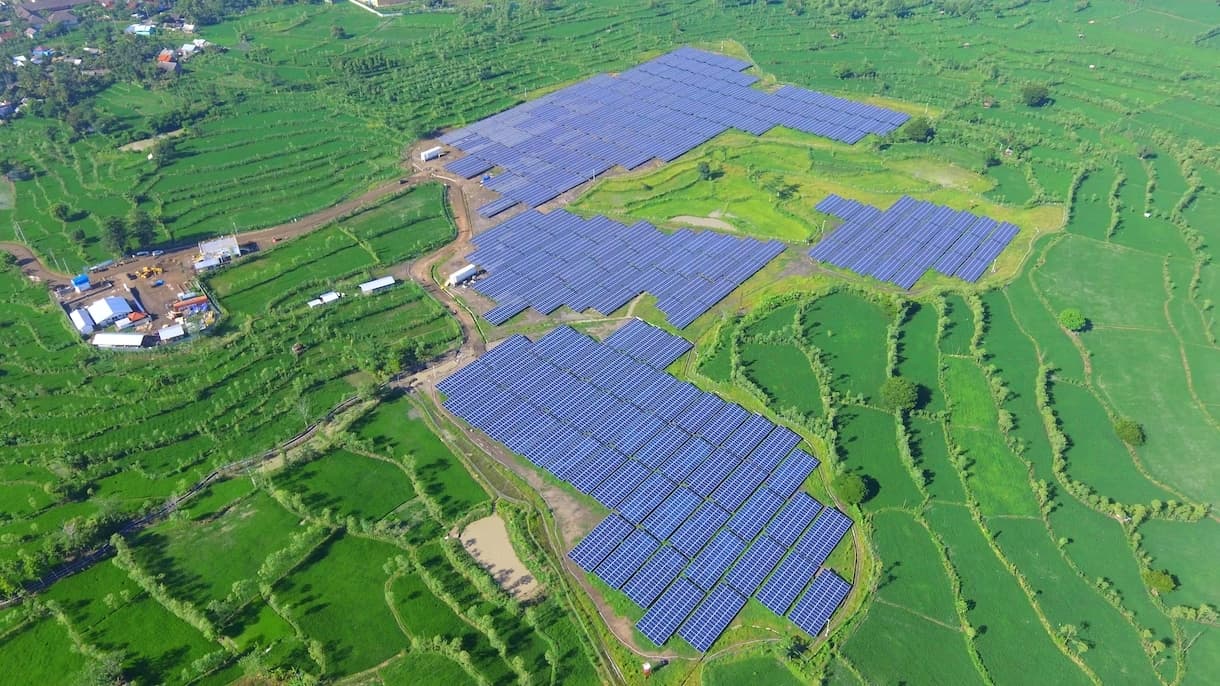JAKARTA, INDONESIA – Indonesia has a viable path to reaching its target of net zero emissions by 2060, bringing major benefits to its citizens in the process such as more secure and affordable energy supplies, according to a new IEA report.
Key policy reforms and international support will be crucial to the success of the clean energy transition in the world’s fourth most populous country as it enters a new phase of its economic development.
The IEA’s Energy Sector Roadmap to Net Zero Emissions in Indonesia – a collaborative project undertaken with the Indonesian Ministry of Energy and Mineral Resources (MEMR) at the request of the Government of Indonesia – was launched Friday at the G20 Energy Transitions Ministerial Meeting in Bali under Indonesia’s first G20 Presidency.
IEA Executive Director Fatih Birol and Indonesia’s Minister of Energy and Mineral Resources Arifin Tasrif also signed a joint high-level statement that sets out a shared vision of Indonesia’s path to net zero, drawing on the roadmap’s findings.
The clean energy transition offers huge opportunities for the next chapter of Indonesia’s development as it seeks to become an advanced economy by 2045.
According to the IEA roadmap, many of the ingredients for reaching net zero emissions and advanced economy status are the same: innovation, knowledge, technology and economic diversification.
The roadmap shows that by reaching net zero by 2060, Indonesia would reduce total household energy bills as a percentage of income from today’s level.
For the country’s economy as a whole, the pathway to net zero by 2060 would lower oil import bills by one-third in 2030 compared with a business-as-usual scenario.
This saving on oil imports would cover the cost the transition would require in terms of new investments.
An even more ambitious transition by Indonesia and other countries around the world, as envisaged in the IEA’s global Net Zero Emissions by 2050 Scenario, would yield even greater savings, the analysis shows.
“We must be clear-eyed about the challenges, especially in areas that depend on the coal industry, but the economic opportunities more than compensate for the costs,” said IEA Executive Director Fatih Birol.
“This roadmap sets out a clear and achievable path forward, based on energy efficiency, renewables and electrification,” said Indonesia’s Minister of Energy and Mineral Resources Arifin Tasrif.
The IEA report stresses that the technologies Indonesia needs for the initial steps in its journey to net zero – such as energy efficiency solutions, solar, wind and electric vehicles – are already commercially available today and cost-effective, provided that the right policies are put in place.
Enforcing energy performance standards, especially for air conditioners, and supporting electrification of transport and cooking are essential to lower energy costs and emissions at the same time.
To achieve net zero by 2060, Indonesia will need to almost triple energy investment by 2030 from today’s level.
That means an extra US$8 billion in investment a year by the end of this decade compared with the level in a business-as-usual pathway.
International cooperation will also be critical to bring technologies such as nuclear power, hydrogen and carbon capture to market in Indonesia and to reduce costs.

